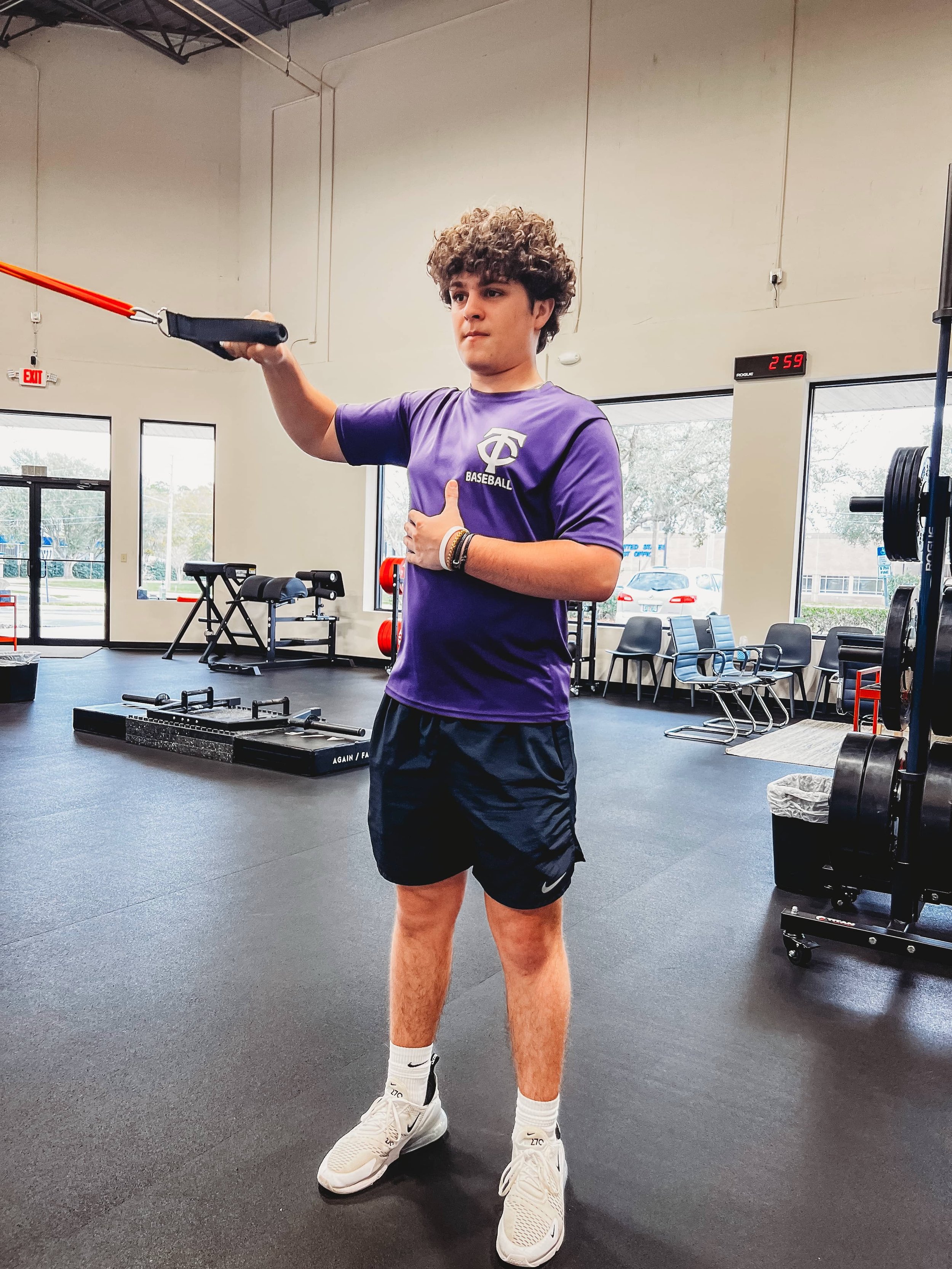Alleviate Upper Trap Pain with Physical Therapy: A Comprehensive Guide
Upper trap pain, often manifesting as a tight, sore, or aching sensation in the upper trapezius muscle, is a common issue affecting many individuals. This discomfort can stem from various causes, including poor posture, muscle strain, stress, and prolonged sitting. Fortunately, physical therapy offers a comprehensive approach to alleviate and prevent this pain. In this blog post, we'll explore how physical therapy can be your best ally in managing and overcoming upper trap pain.
What is Upper Trap Pain?
The upper trapezius muscle, or "upper traps," extends from the neck to the shoulder and is responsible for moving and stabilizing the shoulder blades. When this muscle becomes overworked or strained, it can lead to discomfort and pain. Symptoms of upper trap pain include:
Aches and stiffness in the neck and shoulders
Headaches
Reduced range of motion
Muscle spasms
Tenderness when touched
Common Causes of Upper Trap Pain
Poor Posture: Slouching or hunching over a computer for long periods can place undue stress on the upper traps.
Muscle Overuse: Repetitive motions or heavy lifting can strain the upper trapezius muscle.
Stress: Emotional stress often leads to muscle tension, particularly in the neck and shoulder area.
Injury: Trauma or sudden movements can cause muscle strain or sprain, such as a car accident.
Sedentary Lifestyle: Lack of movement can weaken muscles, making them more susceptible to pain.
How Physical Therapy Can Help
Physical therapy is a non-invasive and effective treatment option for upper trap pain. It involves a range of techniques and exercises tailored to alleviate pain, improve function, and prevent future issues. Here’s how physical therapy can help:
1. Initial Assessment and Evaluation
The first step in physical therapy is a thorough assessment by a licensed therapist. This involves:
Medical History Review: Understanding past injuries, surgeries, and overall health.
Physical Examination: Assessing posture, range of motion, and muscle strength.
Pain Evaluation: Identifying specific areas of pain and discomfort, and why you’re experiencing the pain.
2. Personalized Treatment Plan
Based on the initial assessment, the physical therapist will develop a personalized treatment plan. This plan may include:
Manual Therapy: Techniques such as neuromuscular facilitation to quickly improve joint stability and inherently reduce muscle tension and improve mobility.
ROM Exercises: Targeted eccentric strengthening improve muscular flexibility.
Strengthening Exercises: Exercises to strengthen the upper back, shoulders, and core to support proper posture and further increase stability.
Postural Training: Guidance on how to maintainproper posture during daily activities and exercises.
3. Education and Self-Management
A significant aspect of physical therapy is educating patients on how to manage their condition independently. This includes:
Ergonomic Advice: Recommendations on workspace setup and posture adjustments to reduce strain on the upper traps.
Home Exercise Programs: Customized exercises to perform at home to maintain progress and prevent recurrence.
Lifestyle Modifications: Tips on incorporating regular physical activity and stress management techniques into daily routines.
Preventing Upper Trap Pain
Prevention is always better than cure. Here are some tips to prevent upper trap pain:
Maintain Good Posture: Keep your shoulders back and your head aligned with your spine.
Take Breaks: If you sit for long periods, take regular breaks to stand, stretch, and move around.
Stay Active: Incorporate regular physical activity into your routine to keep your muscles strong and flexible.
Manage Stress: Practice stress-relief techniques such as deep breathing, meditation, or yoga to reduce muscle tension.
Take Control of Upper Trap Pain with Physical Therapy
Upper trap pain can be a debilitating condition, but with the right approach, it’s entirely manageable. Physical therapy offers a holistic solution, addressing both the symptoms and the underlying causes of pain. Through personalized treatment plans, effective exercises, and preventive strategies, physical therapy can help you achieve long-lasting relief and a better quality of life.
By optimizing your posture, staying active, and incorporating the right exercises into your routine, you can prevent upper trap pain from interfering with your daily life. Remember, your health and well-being are worth the investment.

